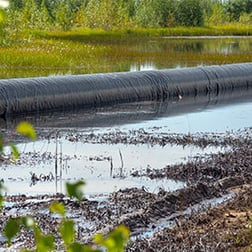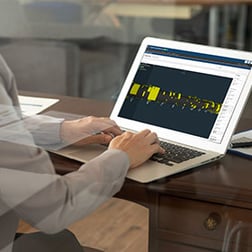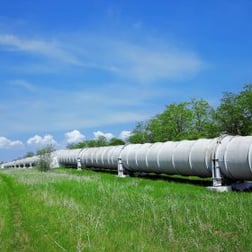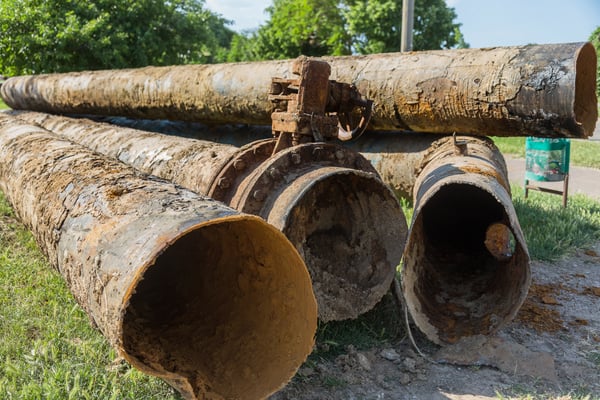Soon, pipeline operators will be able to fine-tune their mitigation strategies for internal corrosion using OneBridge’s newest SaaS solution, CMS.
OneBridge Solutions, which specializes in analyzing big data for pipeline integrity management programs, will soon release its most recent software innovation, a Corrosion Management System (CMS) platform.
CMS will answer the question: Is your current internal corrosion program effective?
The new CMS module is designed to focus on integrating, analyzing, and tracking internal corrosion monitoring and chemical program data. However, its value to operations and engineering is amplified when combined with OneBridge’s Cognitive Integrity Management (CIM) advanced internal corrosion analysis— to create a fully integrated enterprise-level integrity solution.
While using CMS with Cognitive Integrity Management (CIM) it provides powerful analysis capabilities. The Corrosion Management System (CMS), sits within CIM, however you have the option to go straight to viewing internal corrosion data, outside of CIM’s core functionality.
CMS enhances operations & engineering
Internal corrosion is a present threat in midstream systems when water is present; maintenance pigging, adequate flow and chemicals are necessary to mitigate the threat, but these activities require resources and money. CMS provides operators value by answering the following questions to optimize chemical usage and pigging frequency:
- Are you using the right chemicals?
- Is your biocide effective?
- Are you overspending on chemicals?
- Are you pigging at the right frequency, with the correct pig type?
- Is your internal corrosion active?
- What is the growth rate of your internal corrosion anomalies?
- Is your velocity sufficient to entrain water?
- Is your downtime too high?
- Do your coupon rates and ILI growth rates align?
The solution answers these questions by integrating, analyzing, and tracking internal corrosion data. CMS integrates routine field monitoring and chemical program data with ILI results and operational data (pigging and flowrates). The data is analyzed by trending coupon and field monitoring data vs. chemical deliveries to determine chemical performance, coupon and field monitoring data vs. operational data to determine impact of downtime and velocity and ILI data is analyzed to determine if corrosion is present, active and the potential root cause. The result from each analysis is used to determine the overall effectiveness of the current mitigation strategy and populated into a downloadable report or a dashboard with a ranking system that can be rolled up or down to any level. CMS can track your program on a system level with tools designed to keep meeting notes, monthly financial spend, action item tracking and current and future mitigation strategies.
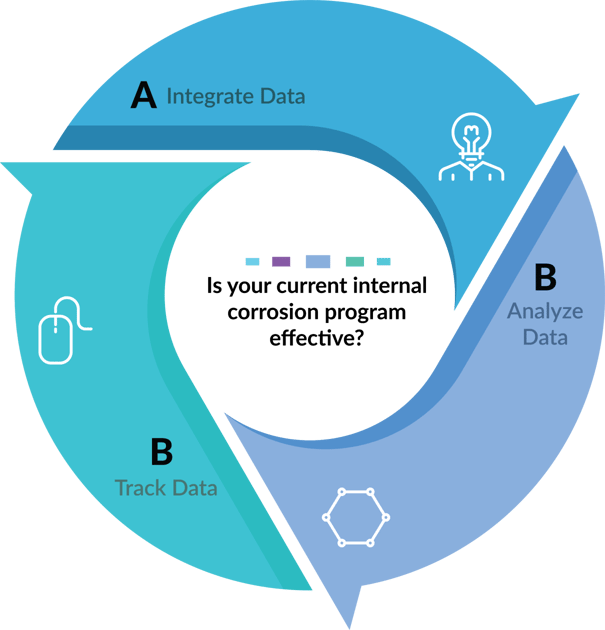
Data Integration:
- Coupon & Sampling Data
- Chemical Usage and Deliveries
- ILI Results
- Pigging Records
- Flowrates
Data Analysis
- Trend monitoring vs chemical vs pigging data
- Identify active internal corrosion
- Model flowrate regime
- Determine potential root cause
- Calculate overall system effectiveness
Data Tracking
- Notes from reviews, meetings or analysis
- Action items for vendors, operations or integrity engineers
- Current and future mitigation strategies
- Rank systems based on results from analysis
Learn more about OneBridge’s CMS
The four-phase development of the Corrosion Management System is currently underway.
Phase 1, which is complete, dealt with the intake of corrosion data. Phase 2 and Phase 3 focus on analysis—integrating datasets and applying machine learning to extract insights. The last phase, Phase 4, finalizes the CMS module and answers the big question: Is your chemical program effective or not?
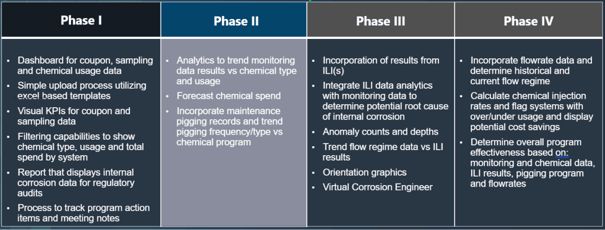
At OneBridge, we’re always looking for ways to advance the industry. If you’re interested in learning more about the Corrosion Management System or joining the next phase, reach us here.




